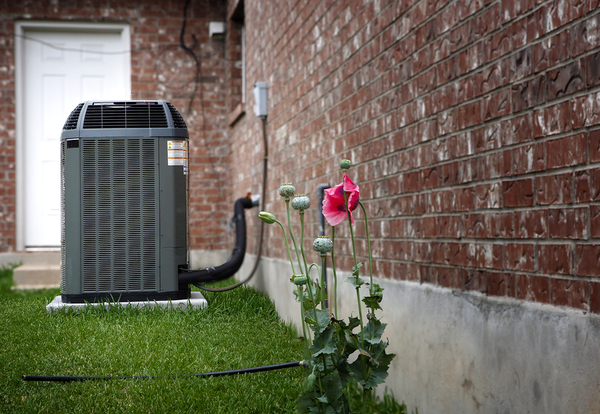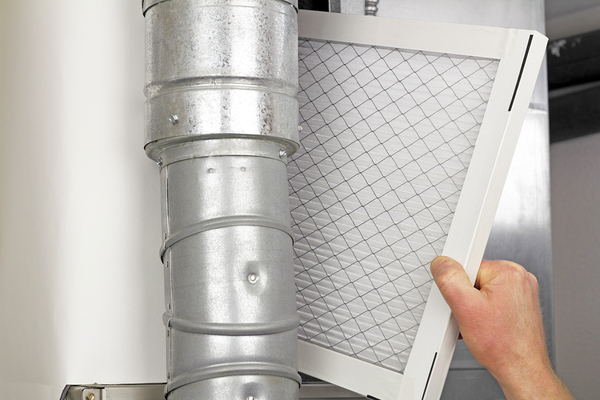
An air conditioning unit should be free of vegetation and other obstructions.
Depending on where you work as a home inspector, air conditioning may be a standard part of every household, or it might be a fairly uncommon sight. In Florida, you can hardly live without it. But in Maine, the windows are the air conditioners.
Air conditioning, however, is standard in enough homes to be included in home inspection training courses.
What do you need to check for when inspecting an air conditioning unit?
Start with the Basics
Before you delve too deeply, look at the unit from the outside. Many air conditioning units are hidden in overgrown weeds or brush. This isn’t good for them — it impedes the flow of air. The space around A/C units should be free and clear.
While you are checking for this, also notice if the unit is level. A tilted unit can put stress on the condenser.
The fan at the top of the unit should also spin easily. Before you turn the unit on, peer inside and see if you see a lot of leaves or debris that need to be cleaned out. If you see any, it may not affect the fan now, but it surely will in the future.

Changing the filter is a critical part of A/C maintenance.
Before you turn the unit on to observe it running, try to determine if the electrical disconnect was on or off. Turning on the system suddenly after it has been off for more than 24 hours can damage the compressor.
Once you have the unit running, make sure the fan can spin freely. Listen for any unusual noises — loud humming, clinking or clacking, or anything that doesn’t seem right. Let the unit run for at least 15 minutes before checking the vents for flow. By this time, the supply vents should blow cool air, and the return vents should be engaged, taking in warm air.
Check the air flow through the unit outside as well, ensuring warm air is coming out of the top.
Don’t Just Look, Listen Too
If the unit is excessively loud or puts out extra vibrations, make a note of this. It can lead to refrigerant leaks. Leaking refrigerant — whether due to cracked, clogged or obstructed lines or a dirty air filter, can lead to the unit freezing up. If the coils are dirty, this only makes the problem worse.
Once you turn the unit off, check the condensate tray to be sure it is functioning correctly. The tray is intended to collect condensation and safely dispose of it. However, if the drain line is clogged or the pan becomes tilted, the tray could overflow. This is dangerous because it could not only cause the A/C’s components to rust, it could cause an electrical short.
Check the air filter as well. Air filters should be changed or cleaned every 90 days, or sooner with higher usage. Failure to complete this A/C maintenance task could seriously affect its ability to function. The U.S. Department of Energy says changing the air filters is the most important part of A/C maintenance. Having a clogged filter at the entrance to your HVAC is similar to having an ordinary piece of wood there — the air the system is attempting to force through cannot penetrate.
Potential home-buyers rely on the home inspection to help guide them in their decision to follow through with the purchase. Informing yourself as much as possible about home systems, including air conditioning, helps you provide the best service to your customers.
To learn more about our home inspection courses, check out our website today.
The post What You Need to Know About an A/C System Inspection appeared first on Home Inspection Training & Certification Online.
